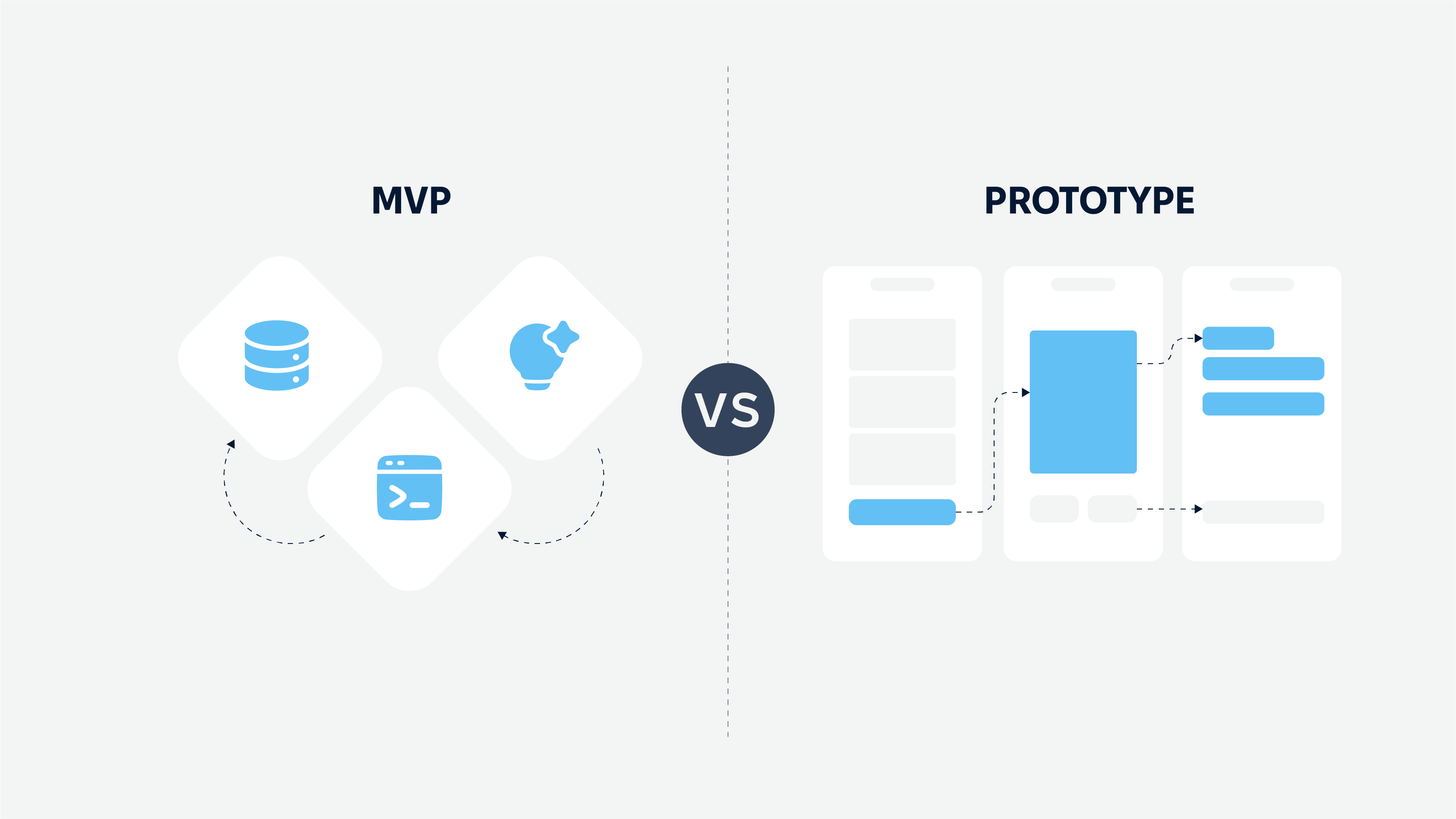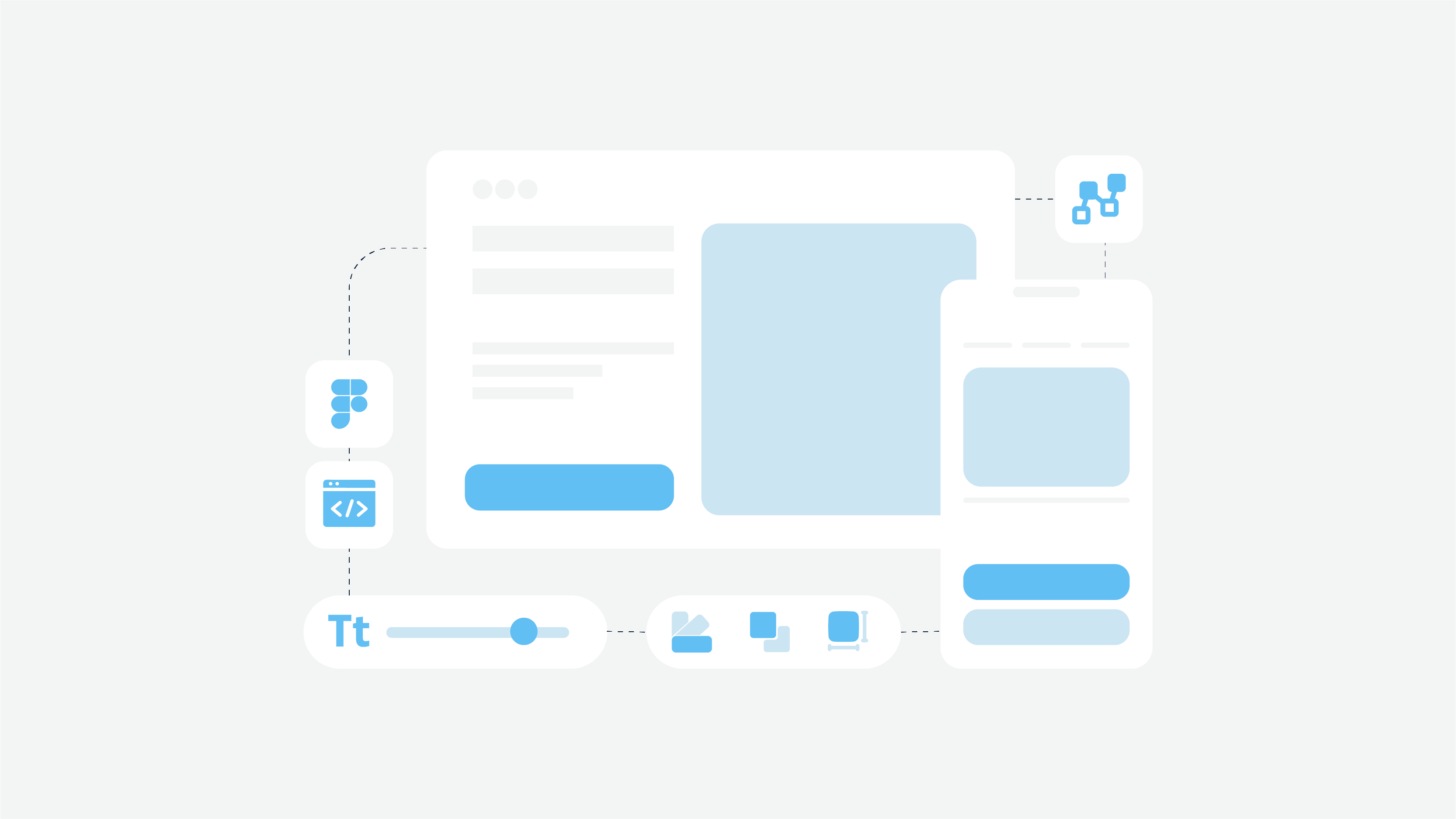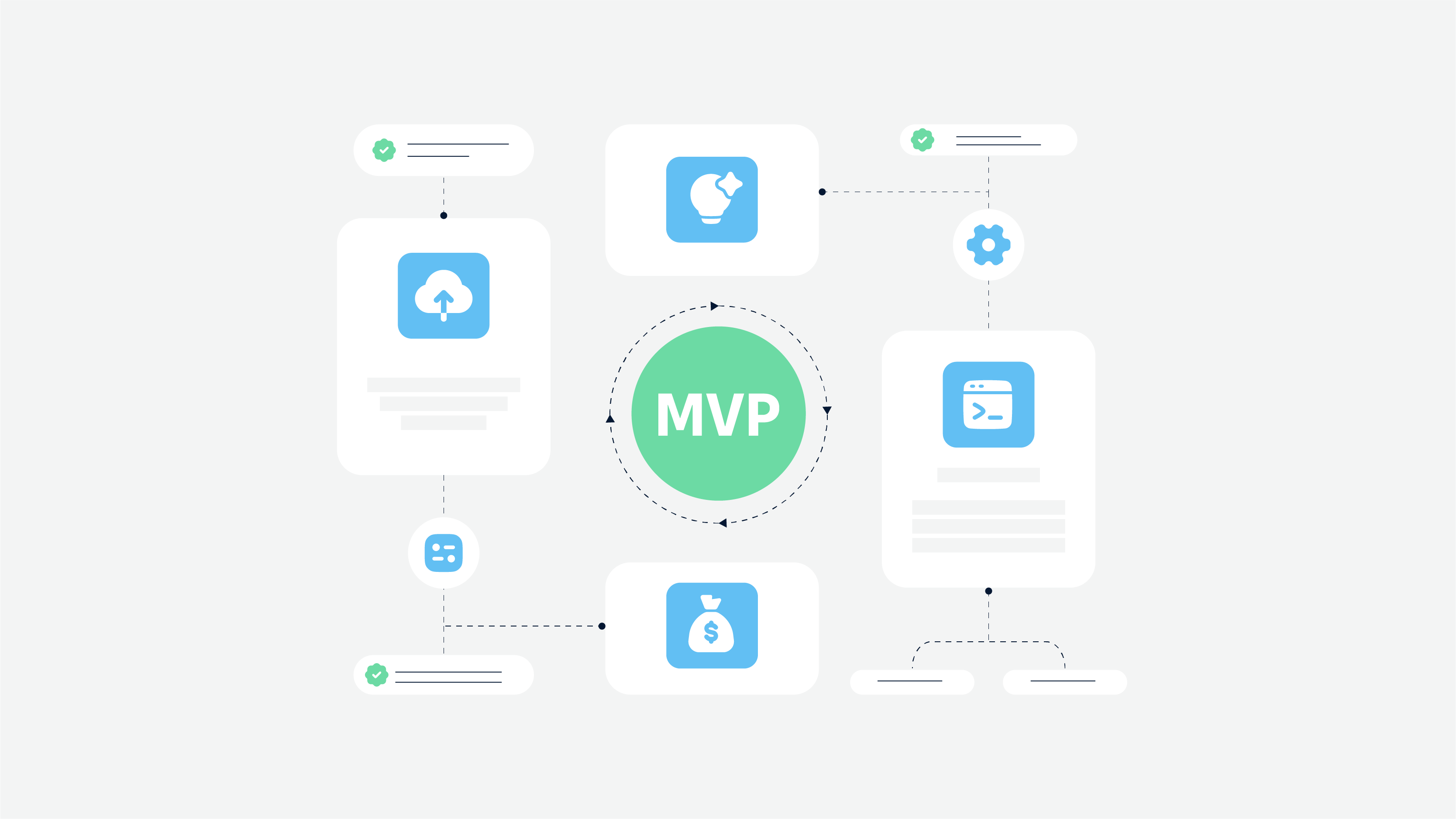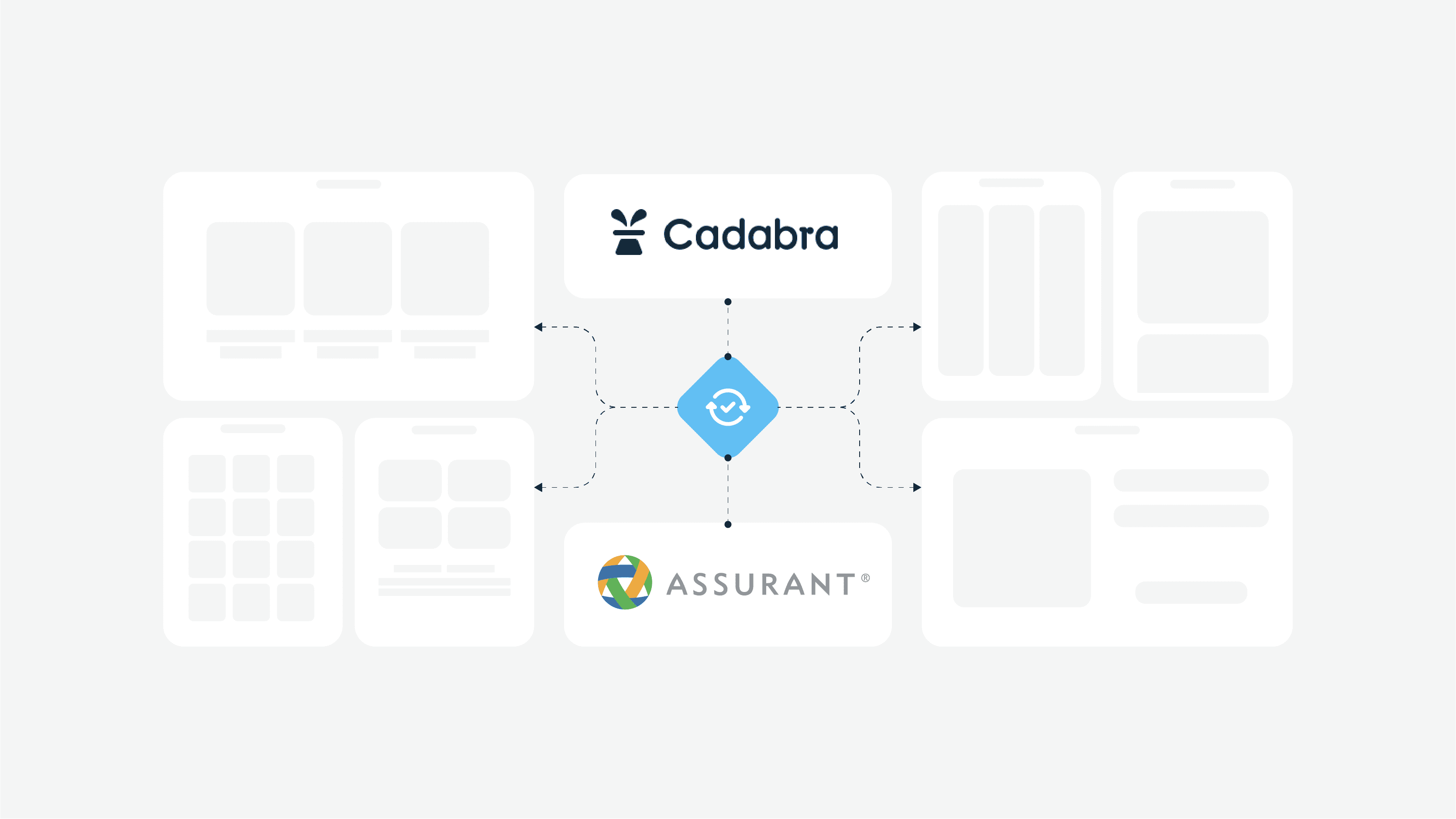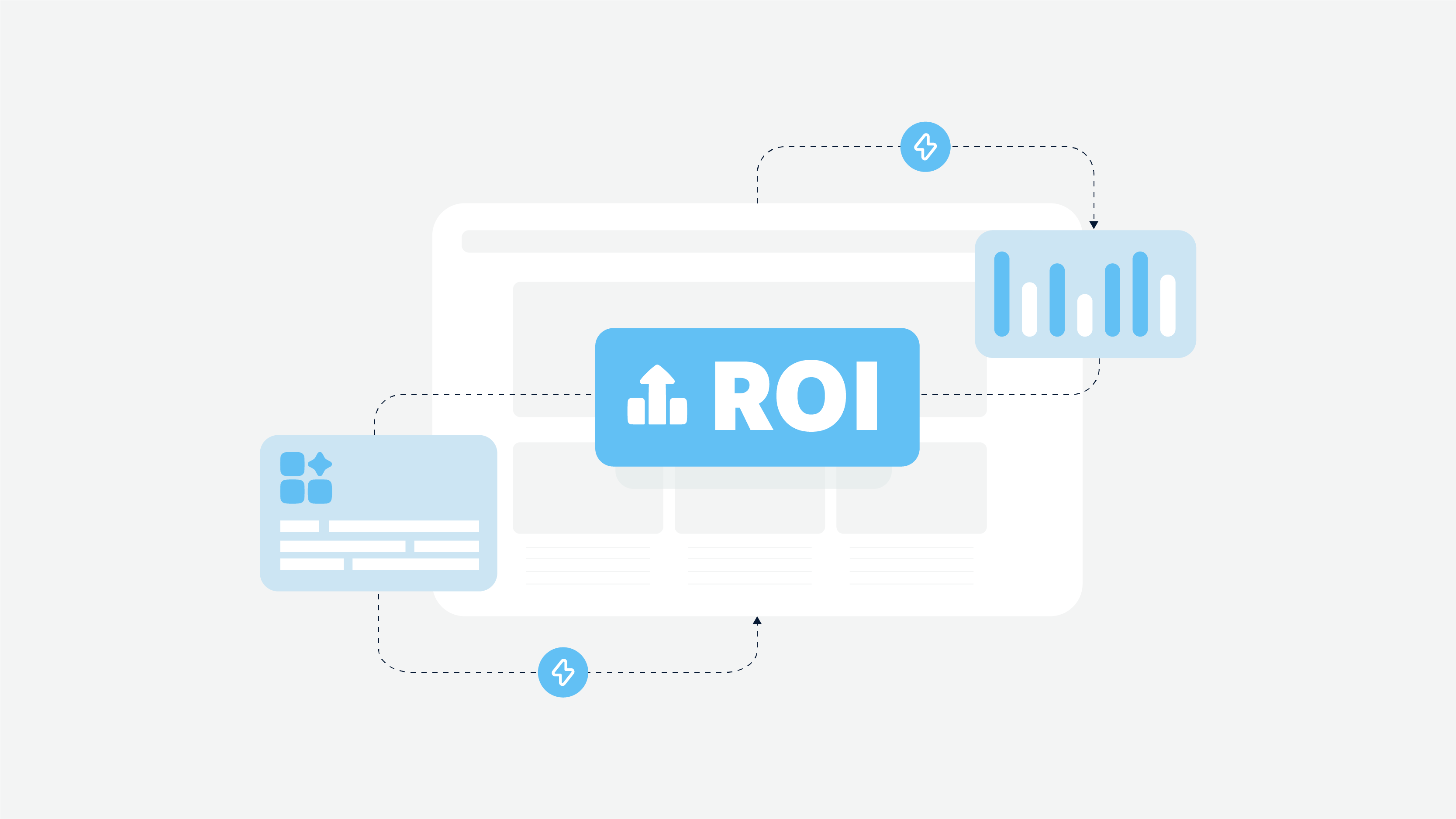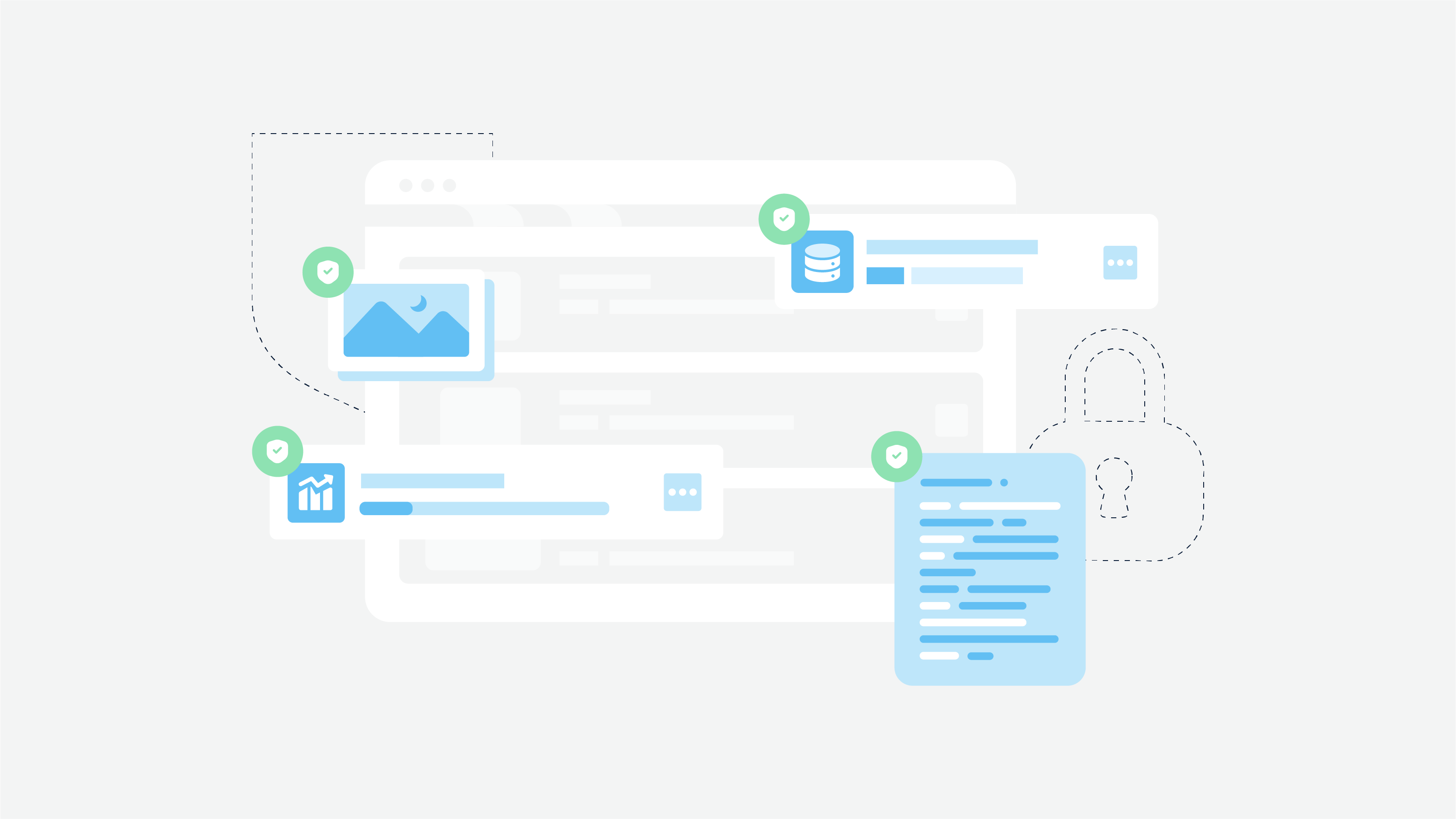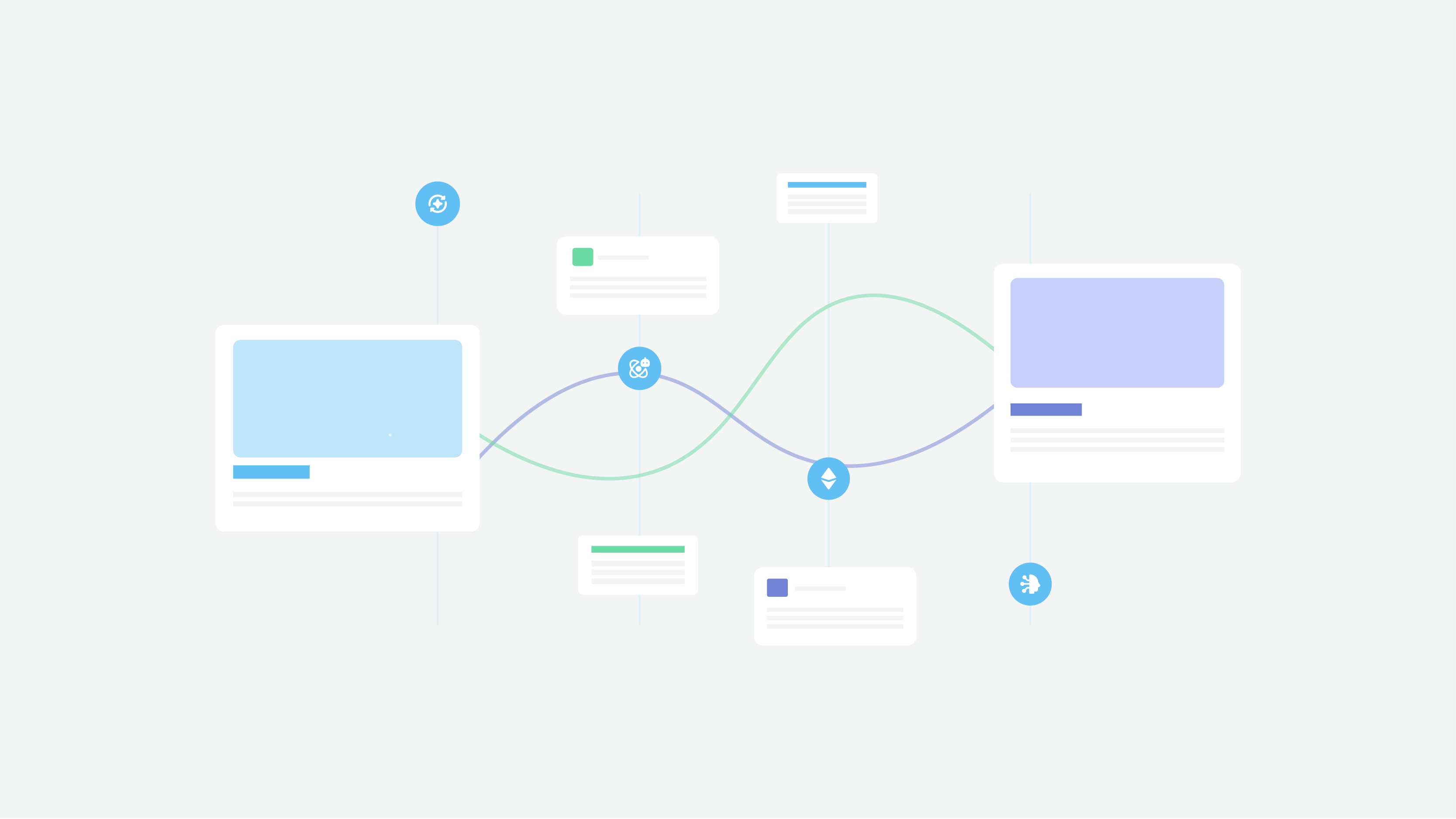Imagine a bustling retail company struggling to manage its inventory across multiple locations. Off-the-shelf software solutions lack the flexibility to address their unique challenges, leading to inefficiencies and lost revenue.
Frustrated, they turn to a custom software development firm, which crafts a tailored inventory management system. This bespoke solution integrates seamlessly with their operations, streamlining processes and boosting profitability.
This scenario underscores the transformative impact of custom software development. But what exactly is it, and how can it benefit your business? Let’s delve deeper.
What Is Custom Software Development?
Custom software development is the process of designing, building, and maintaining software solutions tailored to meet the unique requirements of a business. Unlike pre-packaged solutions, which offer standardized features, custom software is developed from scratch or modified from existing frameworks to fit specific business processes and goals.
At its core, custom software is built to address the exact needs of an organization. Instead of adjusting operations to fit generic software, businesses get a solution designed specifically for them. This means better integration with existing tools, enhanced security, and the ability to scale as the business grows. More than just a functional tool, custom software becomes an extension of a company’s operations, ensuring efficiency and flexibility in the long run.
How It Differs from Traditional Software Solutions
Traditional software solutions are designed to serve a broad audience. They come with pre-set features, many of which might be unnecessary, while missing critical functionalities a business needs. Companies that rely on off-the-shelf software often have to find workarounds, leading to inefficiencies and compatibility issues.
With custom software, businesses have complete control over development, updates, and security. Instead of settling for a solution that only partially fits, they get exactly what they need, reducing reliance on multiple software tools and improving productivity. While the initial investment might be higher, the long-term benefits far outweigh the costs.
Benefits of Custom Software Development
Ever tried squeezing into a “one-size-fits-all” jacket? It might work, but it’s never quite right – too snug in some spots, too loose in others, and definitely not made for you. That’s exactly how businesses feel when they rely on generic software. Sure, it gets the job done, but it’s never a perfect fit.
Custom software flips the script. Instead of forcing your business to adapt to rigid, off-the-shelf tools, it gives you a solution built just for you – streamlining operations, boosting efficiency, and keeping you ahead of the competition. Let’s check the advantages of custom software development.
Tailored Solutions for Business Needs
Every business is unique, and the way it operates reflects that. Custom software is designed to match an organization’s exact needs, ensuring smooth workflows, customer relationship management, higher efficiency, and fewer bottlenecks. Instead of working around software limitations, businesses can operate exactly as they need to, without compromise.
Take custom healthcare software development, for example. Hospitals and clinics have specific needs when it comes to patient records, data management, compliance, and telemedicine. Off-the-shelf software may lack the customization required to manage patient care effectively. A custom-built system, however, can integrate seamlessly with hospital databases, improve compliance tracking, and optimize doctor-patient interactions.
Retailers, financial institutions, and manufacturers also benefit significantly from custom solutions. Whether it’s inventory management, fraud detection, or supply chain automation, having software designed to fit specific industry demands makes all the difference in operational efficiency and customer satisfaction.
Scalability and Flexibility
One of the biggest advantages of custom software is its ability to grow alongside a business. Many off-the-shelf solutions are rigid – once a company outgrows them, switching to a new system can be costly and disruptive. Custom software, on the other hand, is built with scalability in mind, meaning businesses can add new features, support more users, and integrate emerging technologies without having to start from scratch.
Think about a startup that begins with a small user base but rapidly expands. A custom-built platform ensures that, as demand grows, the software can handle increased traffic, transactions, and data processing without lagging or crashing. Additionally, businesses that operate in heavily regulated industries can update their software to comply with new laws, avoiding legal issues and penalties.
Competitive Advantage and Cost Efficiency
Beyond just improving workflows, custom software gives businesses a competitive edge. By automating manual tasks, minimizing errors, and providing real-time insights, organizations can operate more efficiently and make smarter decisions.
A great example is data-driven decision-making. With custom software, businesses can collect and analyze data in a way that’s tailored to their needs, uncovering trends and opportunities that might otherwise go unnoticed. This leads to better strategic planning and faster responses to market changes.
While off-the-shelf software may seem cheaper upfront, the hidden costs of inefficiencies, licensing fees, and feature limitations can add up over time. Custom software eliminates these unnecessary expenses and often leads to a higher return on investment.
Businesses no longer have to pay for features they don’t need or struggle with multiple tools that don’t integrate well. Instead, they get an all-in-one solution built to support their long-term growth.
Security and Compliance
With cyber threats on the rise, businesses can’t afford to take security lightly. Off-the-shelf software often comes with standardized security measures, but these may not be sufficient for industries handling sensitive data, such as healthcare, finance, or legal services. Custom software allows businesses to implement robust security features tailored to their specific risks, ensuring data protection at every level.
For example, a financial institution can develop custom authentication processes, such as biometric verification, to prevent fraud. Additionally, businesses operating under strict regulations – like HIPAA in healthcare or GDPR in Europe – can build compliance directly into their systems, reducing the risk of legal penalties and reputational damage.
Beyond compliance, custom software also enables businesses to stay ahead of emerging threats. Cybercriminals constantly evolve their tactics, and a one-size-fits-all security approach often falls short. By implementing tailored encryption protocols, access controls, and real-time monitoring, businesses can proactively detect vulnerabilities and reinforce their defenses before an attack happens.
Seamless Integration with Existing Systems
Many businesses rely on multiple software tools to manage different operations. However, integrating these systems with off-the-shelf solutions can be a challenge, often leading to inefficiencies, data silos, and workflow disruptions. Custom software is built to work smoothly with existing infrastructure, ensuring seamless data exchange and better coordination across departments.
For instance, an enterprise using a legacy CRM and a separate accounting platform might struggle with manual data entry or mismatched records. A custom software solution can bridge these gaps, automating data transfer and improving operational efficiency. This level of integration not only saves time but also enhances accuracy, reducing costly errors.
Another advantage of custom integration is scalability. As a company grows and adds new tools – whether it’s a new payment gateway, an AI-driven chatbot, or an advanced analytics system – custom software can adapt and expand without causing major disruptions. Instead of patching together multiple third-party solutions, businesses get a streamlined, future-proof system that evolves alongside their needs.
📚Read also: AI in Healthcare Companies: Implementation Guide for 2025
The Custom Software Development Process
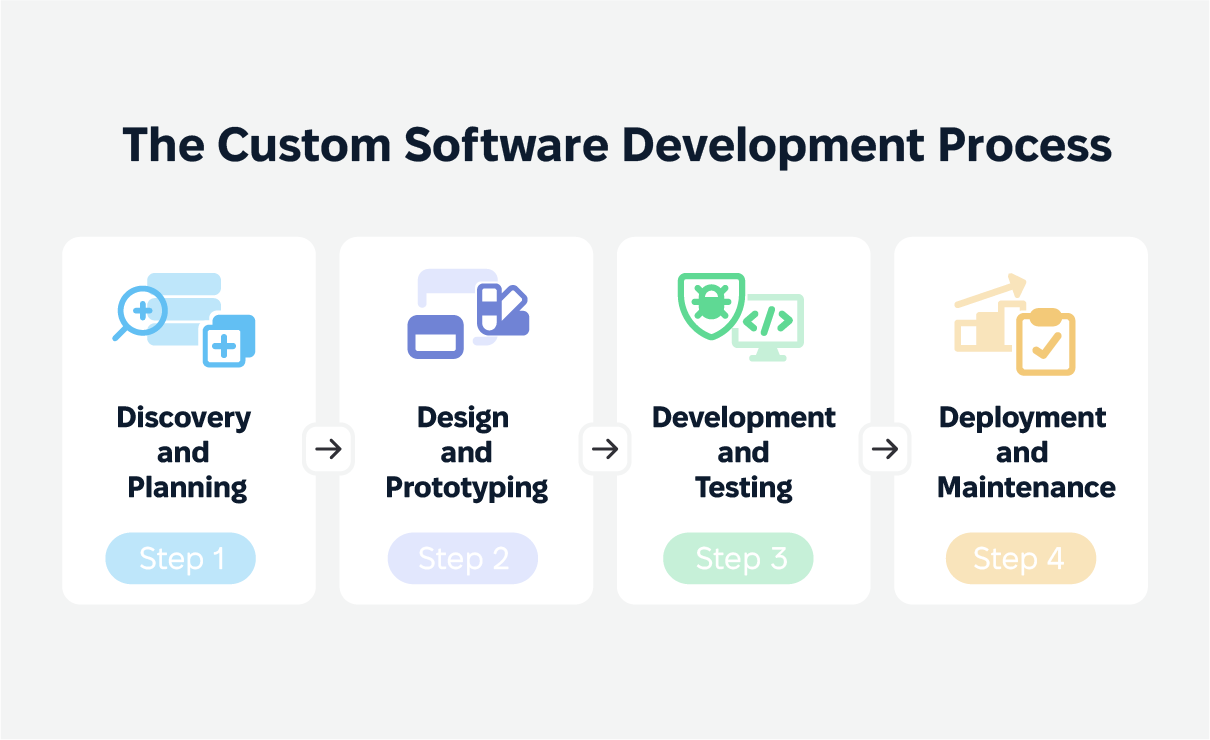
Developing custom software is like constructing a skyscraper – you need a solid blueprint, the right materials, and a team that understands the vision.
In fact, according to a McKinsey report, 70% of digital transformation projects fail due to poor planning and execution. To avoid that fate, every stage of custom software development – from initial brainstorming to ongoing maintenance – plays a critical role in delivering a solution that drives efficiency and long-term innovation.
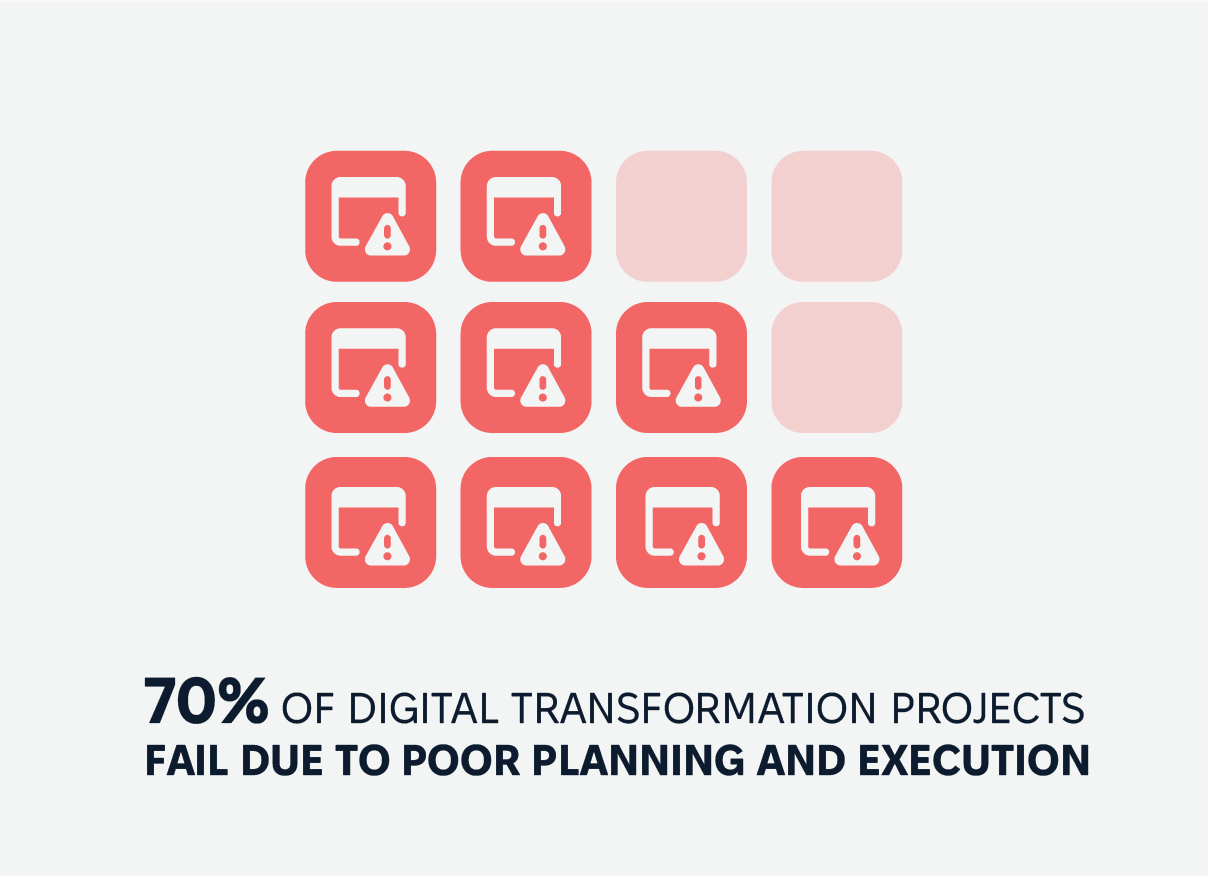
Step 1 – Discovery and Planning
Every great software project starts with a solid foundation. The discovery phase focuses on understanding business challenges, identifying specific goals, and gathering key requirements. This step often involves stakeholder interviews, market research, and feasibility studies to determine the best approach. A well-defined roadmap ensures the project stays on track and meets business objectives.
In addition to defining objectives, this phase also lays the groundwork for risk assessment and potential roadblocks. By identifying potential technical or operational constraints early on, businesses can adjust strategies proactively. This foresight minimizes costly delays and ensures that development progresses smoothly.
Step 2 – Design and Prototyping
Once the goals are clear, the design phase brings the vision to life. Wireframing and prototyping help visualize the user experience, ensuring the software is intuitive and efficient. UI/UX best practices are applied to create a seamless interface, while various design tools and methodologies guide the process. This stage allows for early feedback, reducing costly changes later in development.
Beyond just aesthetics, the design phase also focuses on functionality and accessibility. Ensuring that the software meets usability standards and accommodates a diverse range of users enhances user satisfaction and adoption rates. Iterative feedback loops help refine the interface before moving into full-scale development.
Step 3 – Development and Testing
With a clear blueprint in place, development begins. Choosing the right technology stack is crucial to building a secure, scalable, and high-performing solution. An agile development approach ensures flexibility, allowing teams to iterate and refine features as needed. Continuous testing throughout the process helps identify and fix issues early, leading to a more stable final product.
During this stage, developers work closely with testers to conduct unit tests, integration tests, and performance evaluations. This rigorous testing ensures that the software not only functions correctly but also withstands real-world usage. Automated testing tools can speed up the process and enhance overall reliability.
Step 4 – Deployment and Maintenance
The final step is launching the software with minimal disruption to operations. A well-planned deployment strategy ensures a smooth transition, while post-launch support keeps everything running efficiently. Ongoing maintenance includes updates, security patches, and scalability improvements to ensure the software remains effective as business needs evolve.
Once deployed, monitoring and feedback collection becomes essential. Performance tracking tools help identify any post-launch issues, allowing developers to address them promptly. Regular software updates keep the system secure and ensure it continues to meet evolving business requirements.
Follow these steps, and your businesses will develop custom software that not only meets immediate needs but also adapts to future growth and innovation.
Pro Tips for a Successful Custom Software Project
Getting custom software right isn’t just about following the steps – it’s about making smart decisions along the way. Here are some expert tips to ensure success:
Start small, scale smart. Don’t try to build everything at once. Successful companies like Airbnb began with a basic version of their platform before expanding based on real user needs. Begin with a Minimum Viable Product (MVP) and refine as you go.
Choose the right tech stack. The wrong technology can cost you in the long run. Research from Standish Group shows that 31% of IT projects fail due to technology-related issues. Work with experienced developers to select a stack that supports long-term scalability and performance.
Prioritize user experience. No matter how powerful your software is, users won’t adopt it if it’s frustrating to use. Investing in UI/UX design upfront can boost adoption rates and reduce customer support issues later.
Think about maintenance early. Many businesses focus only on development, forgetting that software needs regular updates and support. Set aside a maintenance budget from the start to avoid unexpected costs down the road.
Get user feedback ASAP. The sooner real users interact with your software, the better. Platforms like Dropbox started with early beta versions to test the waters before going public. Regular feedback helps fine-tune the software to meet actual user needs.
Keeping these tips in mind will help businesses avoid common pitfalls and create software that delivers real value over time.
Custom Software Development for Different Industries
Think about the last time you booked a doctor’s appointment online or got a super-fast refund on an insurance claim. Chances are, custom software made that happen. From streamlining healthcare processes to making online shopping seamless, custom-built solutions are quietly running the world around us. Here’s how different industries are using software made just for them.
Healthcare: Smarter Systems for Better Patient Care
Ever had to wait forever to see a doctor because of scheduling chaos? Hospitals and clinics are fixing this with custom software that automates patient bookings, sends reminders, and even connects patients with doctors through telemedicine.
Beyond patient care, healthcare software is also transforming medical research. AI-driven analytics platforms help researchers sift through massive datasets to find patterns in diseases, accelerating the development of new treatments. With precision medicine on the rise, custom software is playing a key role in tailoring treatments to individual patients.
A great example is Cleveland Clinic, which utilizes custom software to integrate patient records across multiple locations, making real-time data accessible to doctors and improving treatment accuracy. And let’s not forget compliance – healthcare providers rely on software that ensures patient data stays secure and follows regulations like HIPAA.
Insurance: Faster Claims, Less Fraud
If you’ve ever filed an insurance claim and felt like it took an eternity, custom software is changing that. Automated claims processing slashes approval times, while AI-powered fraud detection saves insurers billions.
Custom software is also enhancing customer service in the insurance industry. Chatbots and self-service portals allow policyholders to file claims, track their status, and get real-time updates without waiting on hold. This not only improves user experience but also reduces operational costs for insurance companies.
Companies like Lemonade use AI chatbots to process claims in minutes instead of weeks. With fraud costing insurers over $80 billion a year, tools that analyze patterns and flag suspicious claims are becoming a must-have.
📚Read also: Digital Transformation in Insurance – The Story of RVOS & Cadabra Studio
Enterprise: Automating the Boring Stuff
Big companies juggle a million processes – customer relations, finances, HR – you name it. Instead of struggling with outdated, one-size-fits-all systems, they’re turning to custom software.
Moreover, data-driven decision-making is becoming a key advantage for custom enterprise software development. Tailored analytics dashboards help business leaders track performance metrics, identify inefficiencies, and make more informed strategic decisions, keeping them ahead of the competition.
Nike, for example, developed a custom supply chain management system that tracks inventory in real time, reducing overproduction and optimizing logistics.. Custom workflow automation doesn’t just cut out paperwork; it frees up teams to focus on innovation instead of admin work.
E-commerce: Making Shopping Addictively Easy
Ever wondered how Amazon seems to know exactly what you want? That’s custom AI at work. Custom e-commerce platforms help businesses personalize user experiences, integrate secure payment gateways, and optimize storefronts.
Another major trend in e-commerce is omnichannel integration. Custom software ensures that whether customers shop online, through mobile apps, or in-store, their experience remains consistent. Inventory updates in real time, personalized recommendations follow users across devices, and frictionless checkout processes keep sales flowing smoothly.
Smaller brands are following suit – companies like Glossier built a custom platform that offers a seamless shopping experience and a community-driven model.
At the end of the day, custom software makes things work better, faster, and smarter. Whether it’s a hospital improving patient care or an online store creating a smoother checkout experience, businesses that invest in custom solutions aren’t just keeping up – they’re staying ahead.
Cost Factors in Custom Software Development
Imagine planning a dream house – you wouldn’t expect a tiny studio apartment to cost the same as a three-story mansion, right?
The same logic applies to custom software. Pricing depends on factors like complexity, features, and integrations. Let’s break down what really affects development costs and how businesses can estimate their budget wisely.
What Drives the Cost of Custom Software?
The more complex the software, the higher the price tag. A simple application with basic functionality will naturally cost less than an AI-driven analytics platform handling millions of data points. Features like automation, real-time data processing, or integrations with third-party systems (such as payment gateways or CRM tools) add to the cost. For instance, a company like Airbnb invests heavily in integrating multiple APIs for seamless bookings and payments across the globe.
Custom security measures are another key factor driving costs. Businesses handling sensitive data, such as financial institutions or healthcare providers, need advanced encryption and cybersecurity features.
According to a report by Cybersecurity Ventures, cybercrime damages are expected to hit $10.5 trillion annually by 2025, making robust security investments a necessity rather than a luxury.
Estimating Your Software Budget
Budgeting for custom software development isn’t about pulling numbers out of thin air. Businesses should start with a clear project scope, identifying must-have features versus nice-to-haves. Getting quotes from development teams and using cost estimation tools can help.
According to a study by GoodFirms, the average cost of a medium-complexity custom software solution ranges from $50,000 to $200,000. However, long-term savings from automation and efficiency improvements often justify the investment.
Another important factor is scalability. Businesses should consider not just their current needs but also future growth. Choosing a scalable tech stack and modular architecture can prevent costly reworks down the road. Many companies make the mistake of under-budgeting for future expansion, only to face performance bottlenecks that require expensive upgrades.
Smart Budgeting Tips
To avoid overspending, companies should take a phased development approach – starting with a Minimum Viable Product (MVP) before adding advanced features. This not only spreads out costs but also allows for user feedback to shape the final product.
Businesses should also plan for ongoing maintenance, as software isn’t a one-and-done deal. Regular updates and security patches keep systems running smoothly and securely.
Another way to optimize costs is outsourcing development to experienced software firms. Countries like Ukraine, Poland, and India offer high-quality development services at a fraction of the cost of in-house teams in the U.S. or Western Europe. A Statista report highlights that the global IT outsourcing market is projected to exceed $430 billion by 2025, showing how many businesses leverage this approach to reduce costs while maintaining quality.
Investing in custom software may seem expensive at first, but when done strategically, it pays off by streamlining operations, improving customer experiences, and giving businesses a competitive edge. Thinking long-term and budgeting smartly ensures companies get the most value from their tech investments.
Case Study: How Cadabra Developed Custom Software for Remedy Logic
Technology is changing the way doctors diagnose and treat patients, but when it comes to complex decisions – like whether a patient truly needs surgery – many tools fall short. Remedy Logic saw an opportunity to use AI to bridge this gap, helping radiologists and surgeons make more informed choices about spinal surgeries.
But developing an AI-driven platform for medical imaging isn’t just about incorporating smart algorithms custom software development project. It requires deep industry knowledge, seamless software integration, and an intuitive user experience. That’s where Cadabra Studio came in.
A Big Challenge in Healthcare Diagnostics
Remedy Logic, a healthcare startup launched in 2019, had a bold idea: use AI to help doctors make better decisions about spine surgeries. Too many patients were going under the knife when they didn’t need to, and the team at Remedy Logic wanted to change that by building a smart tool that could analyze MRI scans and provide reliable insights.
But turning this vision into reality wasn’t easy. They needed a powerful AI model, a massive MRI image database, and a platform that seamlessly fit into doctors’ existing workflows.
Beyond the technical hurdles, there was also the challenge of trust. Medical professionals needed to feel confident in AI-generated insights before incorporating them into their decision-making process. The software had to be not only highly accurate but also transparent in how it reached conclusions, ensuring radiologists could verify AI predictions with their expertise.
How Cadabra Made It Happen
Cadabra Studio teamed up with Remedy Logic to bring their idea to life. First, they worked closely with radiologists to understand their daily routines and ensure the platform would be intuitive and easy to use.
The design team focused on a clean and simple interface, so doctors could quickly access and interpret AI-generated results. On the tech side, the frontend was built with React for a smooth user experience, while Node.js powered the backend to handle the huge volume of MRI data. Regular feedback from medical professionals helped fine-tune the system, making sure it truly met their needs.
Another key aspect was compliance. Given the strict regulations surrounding medical software, Cadabra ensured the platform met HIPAA and GDPR requirements, keeping patient data secure.
The team also implemented explainable AI principles, allowing doctors to see why the algorithm suggested a particular diagnosis rather than blindly trusting the output. This level of transparency helped build confidence in the tool and encouraged adoption among healthcare professionals.
Results
The final product was a platform that allowed radiologists to upload spine MRIs, analyze them using AI, and get clear, actionable insights. The AI-assisted tool didn’t replace doctors – it enhanced their decision-making, reducing unnecessary surgeries and improving patient care. The intuitive dashboard made it easy to manage and report MRI findings, integrating seamlessly into existing hospital systems.
By optimizing workflows and reducing time spent on manual MRI analysis, the software also improved efficiency in radiology departments. Doctors could focus more on patient care rather than administrative tasks, leading to better overall treatment outcomes.
And here’s the kicker: after launching, Remedy Logic secured $5 million in funding, proving that innovative, well-designed healthcare tech has huge potential. This project is a perfect example of how custom software, when done right, can solve real-world problems and make a lasting impact.
📚Read more: Remedy Logic Case Study
How Cadabra Helps Businesses with Custom Software Solutions
Off-the-shelf software can be frustrating. It might check some boxes, but it rarely fits your business like a glove. That’s where our create from scratch service comes in.
Instead of forcing businesses to adapt to generic tools, Cadabra designs software that aligns perfectly with their needs, workflows, and future goals. Whether it’s a healthcare platform, a fintech solution, or an AI-powered analytics tool, they build exactly what the business needs – nothing more, nothing less.
Deep Industry Expertise
Every industry has its own challenges, regulations, and must-have features. A software solution that works for an e-commerce startup won’t necessarily cut it for a hospital managing patient data. That’s why Cadabra’s experience across healthcare, fintech, retail, and logistics makes a difference in software development services.
For example, in healthcare, data security and compliance with HIPAA regulations are crucial. In fintech, software must support fraud detection, payment processing, and financial compliance standards. In retail, the priority is seamless e-commerce integration, inventory management, and personalized customer experiences.
By understanding these industry-specific needs, Cadabra ensures that businesses get a solution designed to work within their sector – not just a one-size-fits-all approach.
Agile Development Process
Software projects can go sideways fast when there’s a lack of communication. That’s why Cadabra follows an agile development approach, keeping clients involved at every stage. Rather than vanishing for months and returning with something that misses the mark, they use an iterative process – building, testing, and refining in cycles to ensure the final product is exactly what the client envisioned.
Let’s say a logistics company needs a real-time shipment tracking system. Instead of waiting six months for a finished product, they get a working prototype early on, allowing them to test the features and provide feedback. This way, necessary changes can be made before the final launch – saving time, money, and frustration.
Scalability & Long-Term Support
A software solution that only works for today’s needs is already outdated. Businesses grow, customer expectations change, and new technologies emerge. That’s why Cadabra builds future-proof software that scales alongside the business.
Take a startup that begins with a small customer base but expects rapid growth. Cadabra ensures that their custom platform can handle increased user traffic, additional features, and third-party integrations without breaking down or requiring a complete overhaul.
And post-launch, Cadabra doesn’t just walk away – they provide ongoing support, fixing bugs, improving performance, and rolling out new features to keep the software running at its best.
Security & Compliance
Data breaches are more than just bad press – they can cost businesses millions and destroy customer trust. In industries like healthcare and finance, security isn’t optional; it’s a legal requirement. Our software developers integrate compliance measures from the start, ensuring that businesses meet strict regulations like HIPAA, GDPR, and PCI DSS without scrambling for last-minute fixes.
For instance, an online payment platform needs strong encryption and fraud detection systems to protect user transactions. A healthcare provider must ensure patient data is stored and shared securely to comply with legal standards. With Cadabra, security is baked into the development process, not added as an afterthought – helping businesses avoid penalties, lawsuits, and reputational damage.
Conclusion: Is Custom Software Worth It?
Off-the-shelf software can work, but it’s rarely a perfect fit. Businesses that rely on generic solutions often end up wasting time, money, and effort trying to force their processes into a system that wasn’t built for them. In fact, according to McKinsey, 45% of IT projects exceed their budget due to poor software fit.
Investing in custom software isn’t just about getting a tool that functions – it’s about getting a solution built specifically for your business. Unlike pre-made software that forces companies to adapt to its limitations, custom development lets you design software around your workflows, goals, and long-term growth plans. Whether it’s automating processes, enterprise resource planning, enhancing security, or ensuring seamless integration with existing systems, a tailored solution gives you full control over how your business operates.
That’s why companies that use custom software see up to a 30% boost in productivity. Instead of juggling multiple disconnected tools or paying for features they don’t need, businesses get an efficient, scalable system that grows with them. Whether you’re in healthcare, finance, retail, or logistics, having software designed for your specific needs doesn’t just help you keep up – it helps you stay ahead of the competition.
Of course, custom software isn’t the right fit for everyone. It requires careful planning, investment, and a strategic approach to ensure long-term success. The key is partnering with a development team that understands your unique challenges and can deliver a future-proof solution.
Are you ready to stop compromising and start using software that truly fits your business? If so, let’s build it together.
FAQ
1. What is custom developed software, and how does it differ from off-the-shelf software?
Custom software development is the process of creating software tailored to a business’s unique needs, workflows, and goals. Unlike off-the-shelf software, which offers generic solutions for a broad audience, custom software is built from scratch or modified to integrate seamlessly with existing systems, providing greater flexibility, scalability, and efficiency.
2. What are custom software development costs?
Custom software development pricing varies based on factors like complexity, features, integrations, and development time. A simple application may cost $20,000 to $50,000, while enterprise-grade solutions can exceed $500,000. While the initial investment is higher than off-the-shelf software, businesses often save money in the long run by eliminating licensing fees and improving operational efficiency.
3. How long does it take to develop custom software?
Development timelines depend on project scope, features, and complexity. A basic custom software solution may take 3 to 6 months, while more complex enterprise applications can require 12 months or more. The development process typically includes planning, design, development, testing, deployment, and ongoing maintenance.
4. What are the biggest benefits of custom software development?
Custom software provides greater flexibility, better security, seamless integration with existing tools, and scalability. It helps businesses automate tasks, reduce inefficiencies, and adapt quickly to industry changes. Studies show that companies using custom software see up to a 30% increase in productivity (Forrester Research).
5. Are custom software development solutions only for large businesses?
No! While large enterprises often invest in custom software, startups and small businesses can also benefit. Many smaller companies develop MVPs (Minimum Viable Products) to test their ideas before scaling up. A tailored solution can help streamline operations, enhance customer experience, and provide a competitive edge – no matter the company size.
6. How do I choose the right custom software development company?
Look for a development partner with proven experience in your industry, a strong portfolio, and a clear development process. Consider factors like cost, communication, post-launch support, and scalability options. A good software development company will take the time to understand your business needs and deliver a future-proof solution that grows with you.
7. What are the risks of custom software development, and how can they be mitigated?
Custom software development comes with potential challenges, such as higher initial costs, longer development timelines, and the need for ongoing maintenance. However, these risks can be mitigated by thorough planning, clear project requirements, choosing an experienced development team, and adopting an agile development approach. Regular testing and feedback loops ensure the final product meets business needs while staying within budget and timeline constraints.



